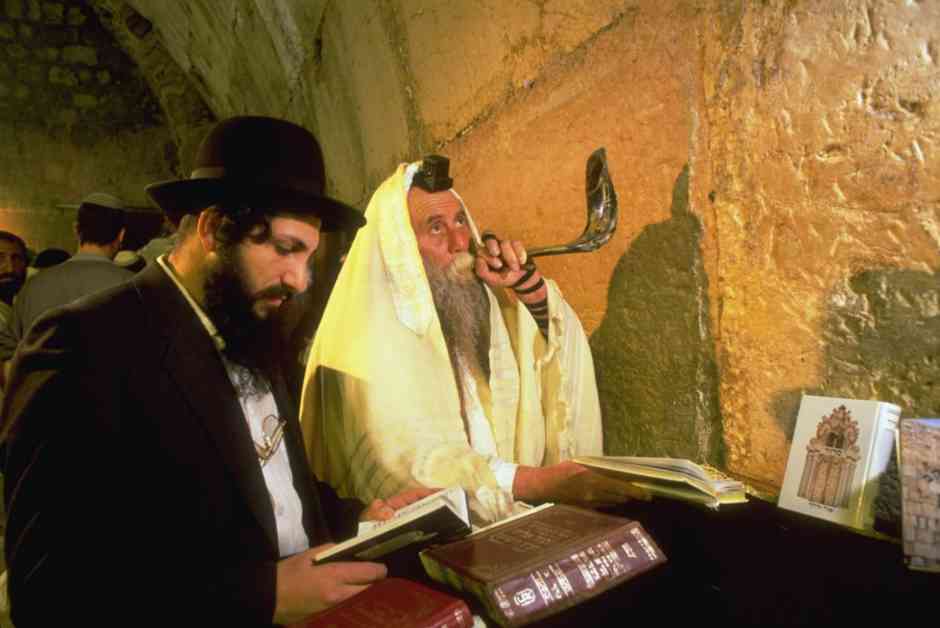Rosh Hashanah, also known as the Jewish New Year, is a significant celebration in the Jewish calendar that marks the beginning of a series of autumn festivals for those who practice the faith. This holy day is observed on the first day of Tishri, which is the seventh month in the Jewish calendar. Rosh Hashanah is a time for reflection, repentance, and prayer, culminating in Yom Kippur, the Day of Atonement.
Rosh Hashanah Date and Traditions
The date of Rosh Hashanah varies each year but is typically 163 days after the first day of Passover. The date is determined by the new moon closest to the autumnal equinox, with the earliest date being September 5th and the latest being October 5th. In 2024, Rosh Hashanah will begin at sundown on Wednesday, October 2nd, and end at nightfall.
One of the most well-known traditions of Rosh Hashanah is the blowing of the shofar, a ram’s horn trumpet that symbolizes repentance. The shofar is blown during Rosh Hashanah prayers, with a total of 100 blasts on each day. This ritual is believed to create a sound of renewal and reflection for the new year.
Significance of Rosh Hashanah
Rosh Hashanah marks the start of a ten-day period known as the Days of Awe, during which Jews reflect on their actions from the past year and seek forgiveness for any wrongdoings. The holiday is a time for introspection and self-improvement, leading up to Yom Kippur, the holiest day in the Jewish year.
During Rosh Hashanah, it is believed that God judges each individual and writes their name into one of three books: the Book of Life for the righteous, the Book of Death for the wicked, and an intermediate book for most people. Jews engage in acts of charity, prayer, and repentance to influence which book their name will be written in.
One of the key traditions during Rosh Hashanah is the Tashlich ceremony, where individuals cast off their sins by throwing bread or pebbles into flowing water, symbolizing the cleansing of past wrongdoings. This act of repentance is a powerful symbol of renewal and forgiveness.
Celebrating Rosh Hashanah
Families come together to celebrate Rosh Hashanah with festive meals that include symbolic foods. Apples dipped in honey are a common dish, representing a sweet and prosperous new year. Other traditional foods served during Rosh Hashanah include dates, pomegranates, black-eyed peas, pumpkin-filled pastries, leek fritters, and a whole fish with its head intact.
Challah, a round braided bread, is also served during Rosh Hashanah, symbolizing the cycle of the year. Families gather to share these meals, say prayers, and read from the Torah in the synagogue. The greeting “L’shana tovah” is exchanged, meaning “for a good year.”
As part of the Tashlich ceremony, prayers are recited near flowing water, such as a river, and individuals cast off their sins as a symbolic gesture of renewal and forgiveness. This tradition allows for a fresh start and a commitment to living a more righteous life in the coming year.
In conclusion, Rosh Hashanah is a time of reflection, repentance, and renewal for those who observe the Jewish faith. This important holiday marks the beginning of a period of self-improvement and spiritual growth, leading up to Yom Kippur. By engaging in traditions such as the blowing of the shofar, partaking in festive meals, and participating in the Tashlich ceremony, individuals can seek forgiveness, reflect on their actions, and strive to lead a more meaningful and righteous life in the year ahead.













